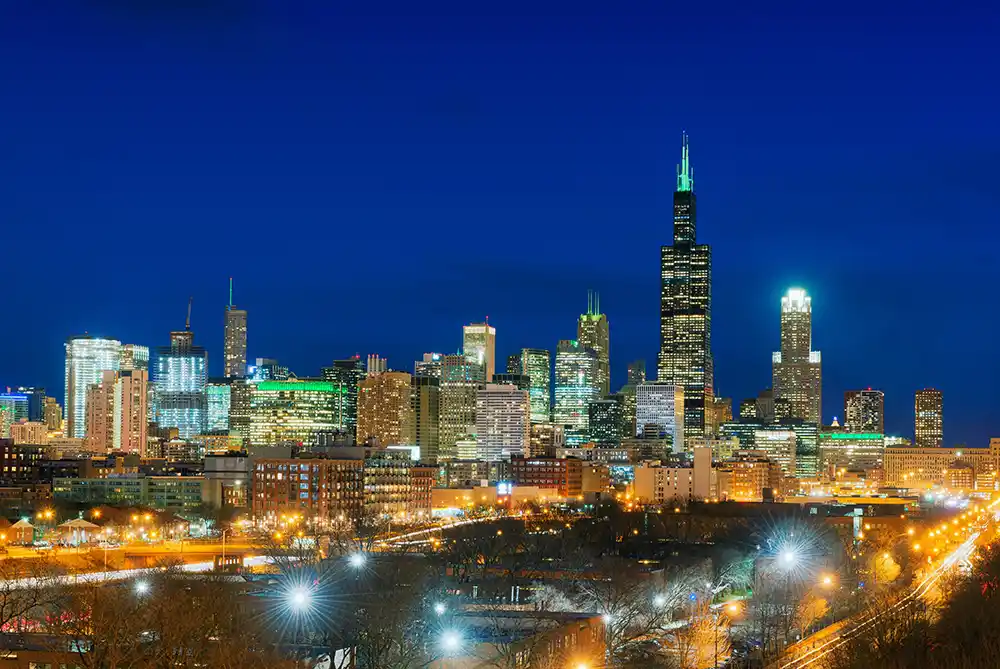While we often think of climate change in terms of rising temperatures and air pollution, there is another environmental issue that is gaining attention: light pollution.
A world bathed in unnatural light
Artificial light at night, from street lights to building lights and illuminated signs, disrupts our planet's natural light cycle. This excessive illumination at night has consequences that extend far beyond darkening a starry sky.
Impacts on the ecosystem
Many organisms, from insects to birds and even some mammals, rely on the darkness of night for essential activities. Light pollution disrupts these natural cycles:
Disorientation and migration: Essential pollinating insects can become disoriented by artificial lights, hindering their ability to find food and mates. Migratory birds can lose their way using sky navigation due to light pollution.
Disruptive nocturnal behavior:Predators and prey rely on darkness for hunting and hiding. Light pollution alters these predator-prey interactions, potentially affecting entire ecosystems.
Hormonal imbalances: Exposure to artificial light at night can suppress the production of melatonin, an essential hormone for regulating sleep in both animals and humans
A threat to human health
Beyond ecological concerns, light pollution can also negatively affect human health:
Sleep disruption: Exposure to artificial light at night can interfere with sleep patterns, leading to fatigue, mood swings and even an increased risk of chronic disease.
Disrupted circadian rhythms: Our bodies rely on natural light signals to regulate internal clocks. Light pollution disrupts these rhythms, potentially affecting overall health.
The fight against light pollution
The good news is that we can tackle light pollution through some simple measures:
Shielded lights: Using shielded fixtures that direct light downward helps minimize light penetration and unwanted illumination of the night sky.
Using warmer color temperatures: Choosing bulbs with warmer color temperatures, such as yellow or amber tones, reduces the spectrum of blue light that most disrupts natural cycles.
Dimming lights when not needed: Implementing dimming controls for street lights and building lights can significantly reduce unnecessary light pollution during off-peak hours.
Advocating for change: Supporting policies that promote responsible lighting practices and encourage the use of energy-efficient LED lights can contribute to a broader solution.
A brighter future for all : By taking steps to reduce light pollution, we can create a darker night sky, benefiting wildlife, ecosystems and even our health. Simple changes in the way we use artificial light can make a huge difference in preserving the natural world and promoting a healthier environment for everyone.






